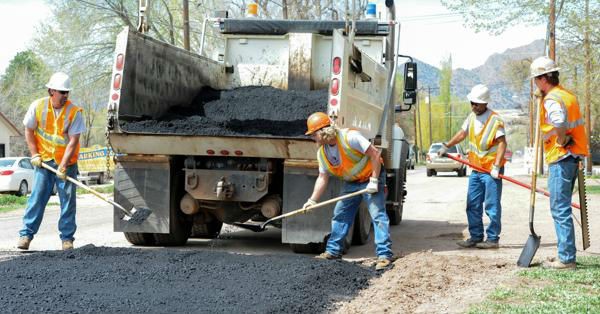A well-maintained driveway is not just an aesthetic enhancement; it adds value to your property and ensures the safety of vehicles and pedestrians alike. However, driveway cracks are a common issue that can result from various factors like weather conditions, temperature fluctuations, and heavy usage. Thankfully, addressing these cracks doesn’t have to be a daunting task. Here are some expert tips from a Dallas paving company on how to effectively manage and repair cracks in your driveway.
Assess the Damage
The first step in addressing cracks is to assess the extent of the damage. Gather your tools––a tape measure and a small brush should suffice. Measure the size and depth of the cracks to determine the best repair method. For minor cracks (less than a quarter of an inch wide), DIY repairs will likely suffice. However, if you notice larger or multiple cracks, or if the surface is significantly damaged, it may be time to consult a professional paving service.
Clean the Area
Before starting any repair, cleaning the affected area is crucial. Remove any debris, dirt, or vegetation from the crack using a wire brush or a vacuum with a nozzle attachment. This step helps ensure that the repair material adheres correctly. Additionally, it’s advisable to wash the driveway with water and let it dry completely before proceeding.
Choose the Right Repair Material
The choice of repair material depends on the severity of the cracks:
1. For Small Cracks: Use a crack filler or sealant. These products typically come in a squeeze tube for easy application. Simply squeeze the filler into the crack and smooth it out with a putty knife.
2. For Medium Cracks: Consider using a crack sealant designed for larger openings. After cleaning out the crack, apply the sealant according to the manufacturer’s instructions. Most sealants will require a drying period before you can drive over them.
3. For Large Cracks or Potholes: You might need to use a patching compound. Begin by clean the crack thoroughly, then fill it with the compound, leveling it off to be even with the rest of the driveway surface. Follow the specific instructions for curing times and conditions.
Apply a Sealant
After repairing the cracks, applying a sealant over your entire driveway can help protect it from future damage. Choose a sealant suited for your driveway type (asphalt or concrete) and apply it according to the manufacturer’s guidelines. This extra layer not only helps fill in smaller cracks but also keeps water and other harmful substances from penetrating, leading to further deterioration.
Stay Proactive with Maintenance
Preventative measures can save you money and time in the long run. Regularly inspect your driveway for any new cracks or signs of wear. Addressing small issues before they escalate into larger repairs is key. Applying a sealcoat every one to three years will also protect your driveway from the elements and prolong its life.
When to Call Professionals
While many driveway repairs can be managed as DIY projects, don’t hesitate to contact a professional paving company when faced with extensive damage, substantial cracks, or erosion. Professionals have the tools, experience, and knowledge to assess the damage accurately and implement a solution that ensures your driveway remains functional and appealing.




